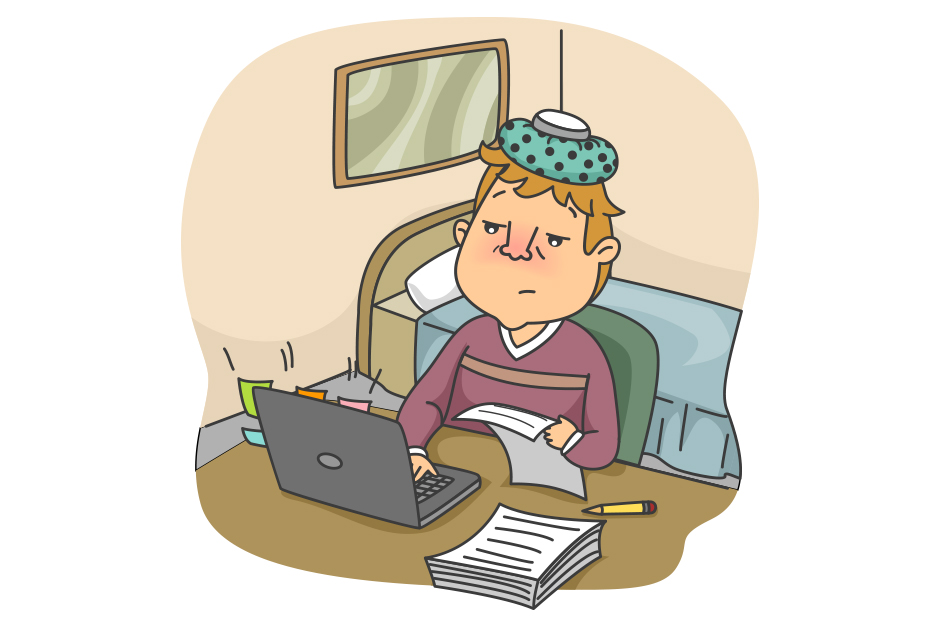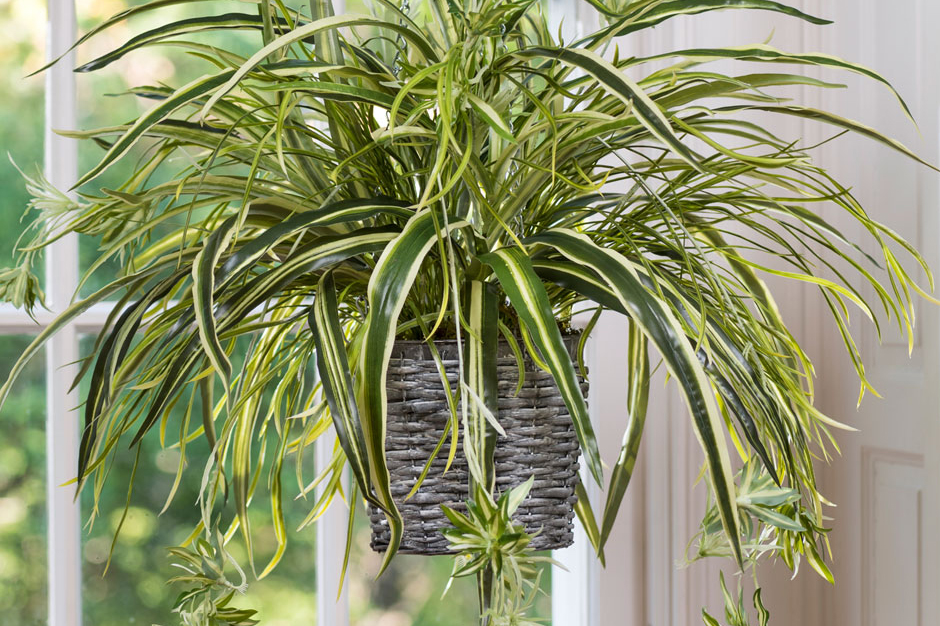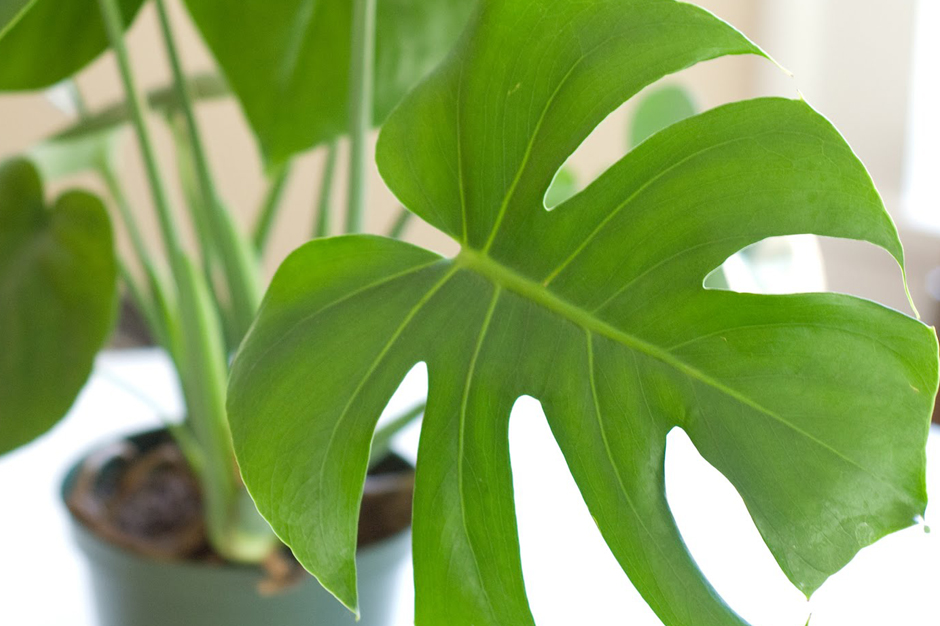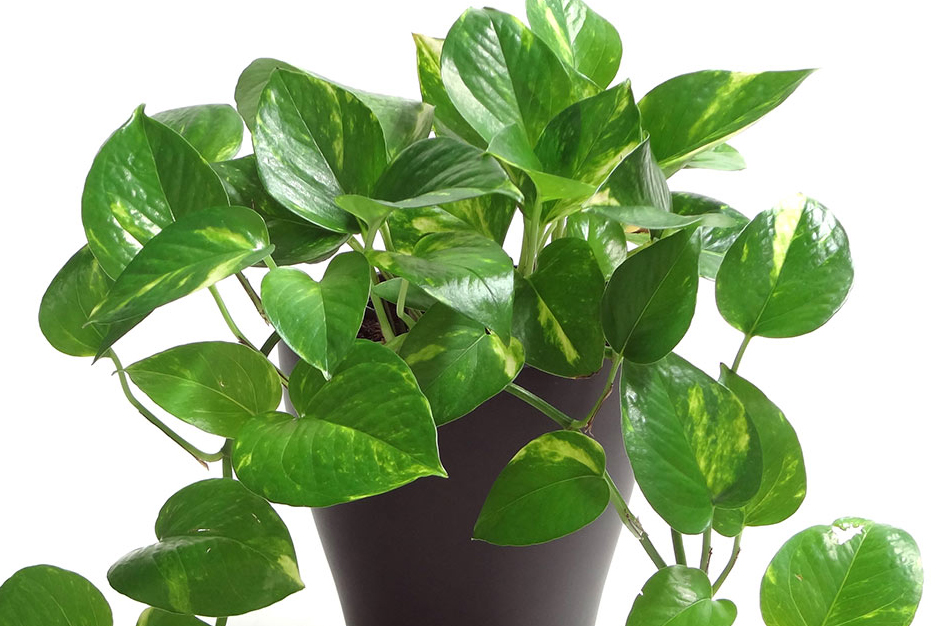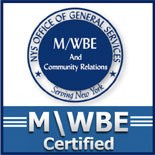
We’re in the midst of the holiday season, and as you try to juggle parties, shopping, hosting, planning, traveling, and work, there’s a good chance you’ll lose focus and momentum in the office.
“There are so many competing demands and expectations during the holidays that it is very easy to get overwhelmed and even burn out,” says Michael Kerr, an international business speaker, author and president of Humor at Work.
Casey Moore, The Productivity Coach, agrees. She says many people lose focus during the holiday season because their to-do list swells while their time shrinks. “Travel planning, guest preparations, gift shopping, children’s events, parties, and so on, must be crammed into already-full schedules, which causes stress,” she says. “Personal stress often affects work performance. It distracts people and diminishes productivity.”
Others become less productive at work during the holidays because they simply lose motivation. “They’re more interested in their personal lives, whether from their stress, their to-do’s, or their love of the holidays,” Moore adds.
Another reason employees see a dip in productivity at work during the holidays: Colleagues and managers may be on vacation. It can be extremely difficult to get things done and maintain a high level of productivity when people (especially decision makers) are out of the office, says Marian Morgan, a productivity coach. “And the workflow subsequently slows down.”
In addition, she says, if you have kids home from school, “balancing work and family becomes even more challenging.”
However, if you do manage to maintain focus through the chaos, it gives you a chance to stand out, Morgan says. “With lower and fewer expectations from your otherwise distracted coworkers, you can also use this time to get caught up on your important, but not urgent, tasks.”
When you continue to bring in new business, impress clients, produce quality ideas, and steer clear of the holiday drama at work, your supervisors will notice, Moore says. “You audition for your job every day, whatever your industry or level. Performing consistently, regardless of the season, increases your employability.”
You’ll also feel better about yourself, she adds. “You will be ready to start the new year running, instead of crawling.”
Kerr agrees. He says you’ll have a greater sense of achievement and balance overall, and “being able to rise to a more demanding schedule and stay focused will make a positive expression on any supervisor.”
Ned Russell, managing director of Saatchi & Saatchi Wellness, the leader agency in marketing consumer wellness, adds: “You’ll be surprised at what a little focus can do to help make this the most wonderful time of the year.”
Here are 14 ways to stay focused and maintain high productivity during the chaotic holiday season:
Take a few days off. If you have a few vacation days left at the end of the year, take time to do a little shopping or enjoy a day with your loved ones, Russell says. This will give you a chance to refresh and recharge during the busy holiday season.
Plan early and communicate your expectations and schedule. “If you know the week before Christmas is especially busy on the personal front with school concerts, visiting relatives or even charity work you may be involved with, anticipate and communicate this early,” Kerr says. “Make it clear that you will not be working overtime, and even look at creative scheduling options that allows you to leave the office earlier than normal.”
Create your to-do list and prioritize tasks. Get your tasks and projects, both personal and professional, into a digital or paper system and out of your head, Moore suggests. Once you see all your commitments and want-to-do’s, decide which to drop and which could wait until the new year. Move the latter onto the back burner. “The psychological relief of clearing your mental clutter and then removing some burdens is immense. It makes your holidays more joyful and energizes you to accomplish your front burner tasks.”
Avoid multitasking. Work on one project at a time, Russell says. If you have numerous projects going on at once, ask your supervisor for some assistance. Or, simply put them off for another time.
In addition, try to avoid working on personal and work-related tasks at the same time. Shopping online while listening in on a conference call could be disastrous.
Start working on year-end projects and personal tasks early. The holidays don’t creep up on us; we’re just too in the weeds to see them coming, Moore says. Start your holiday shopping earlier than you have in the past, and get a head start on any upcoming projects at work. This way, when you’re busy with office parties and planning family gatherings later this month, you’ll have fewer to-do items on your plate.
Don’t take your work home. “In the digital age many would consider this a nearly impossible feat, but it’s still one worth striving for,” says Michael “Dr. Woody” Woodward, PhD, organizational psychologist and author of The YOU Plan. “We all have family obligations during the holiday season. When at the office try to set clear and reasonable goals for what you want to accomplish while at the office and be sure to commit to a hard break. The idea is to use your motivation for getting out the door on time as a way to fight off those tempting distractions.”
Get into the spirit. Being positive during the holidays can make a big difference in your performance, Russell says. “You’ll also be more pleasant to be around.”
Watch out for distractions. While at the office, don’t give yourself the assignment to cram in shopping at lunch or buy gifts online. At work, focus on work. You can take on the holiday chores during your spare time. It will also free you up from trying to do too many things at once, Russell says.
Take care of yourself physically. “Exercise more, not less, even if it’s just a walk around the block,” Moore says. “Sleep more, not less, even if it’s thirty minutes more a night.” When you make time for these activities, the rest of your schedule falls into place.
Also watch what you eat and drink, Morgan adds. “The increase in sugary foods and alcoholic beverages will impact you the next day at work, mentally and physically.”
Don’t over-commit. With all the office parties, client events, and secret Santa exchanges it can be tough to keep your eye on the ball, Woodward says. “Be sure to prioritize and balance your holiday activities with your work obligations. Don’t feel like you have to go to every department lunch gathering or office party you get invited to. Keeping focused and maintaining a good work-life balance sometimes means saying no.
Remind yourself to stay focused at work. The trick is to forget about “seasons” and focus on “today.” Is today a holiday? If not, behave as you would in September, Moore says. “Follow that procedure every day you work. On actual holidays or vacation days, forget about work and have fun. It’s that simple.”
Do a self-evaluation. At the end of each day and week in December, review your level of productivity. Did you get done what you intended to? If not, what got in your way? Not being able to say no? Too many distractions? Some of your own feelings and emotions? What could you have done differently? What will you do differently tomorrow? “Be sure to acknowledge what worked and do more of that,” Morgan says.
Look forward to next year. The new year is just around the corner. Anticipating new budgets and projects will keep you motivated for what you’re doing now, Russell says.
Remember what the holidays are all about. Keep in mind the holiday season is for celebration, Woodward says. This should be a joyful time of the year. “A chaotic holiday season is a choice, not a given,” adds Moore. If you want to walk through it fairly serenely, “take it one moment at a time, instead of seeing it as a season of madness or happiness,” she concludes.
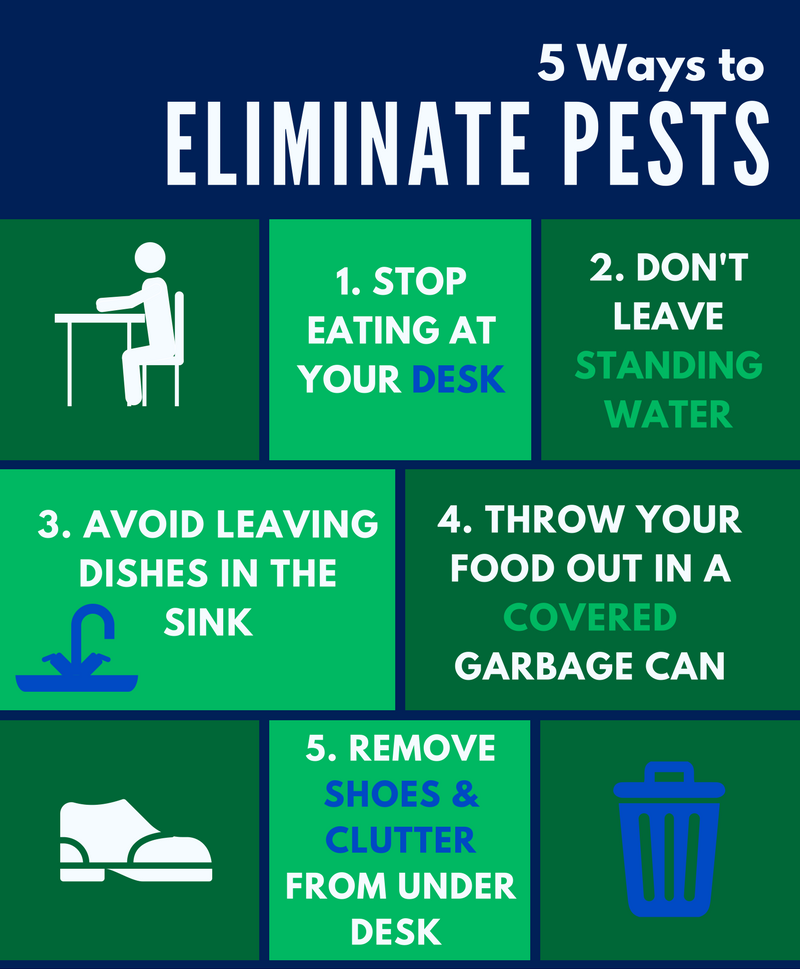
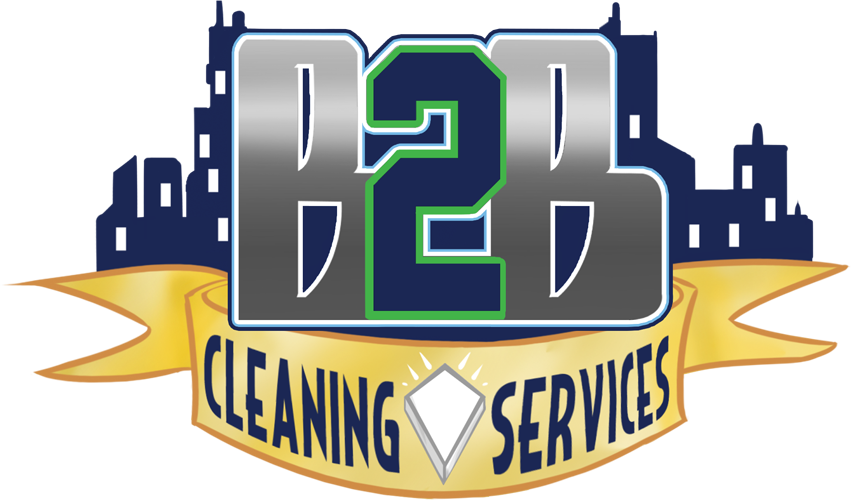

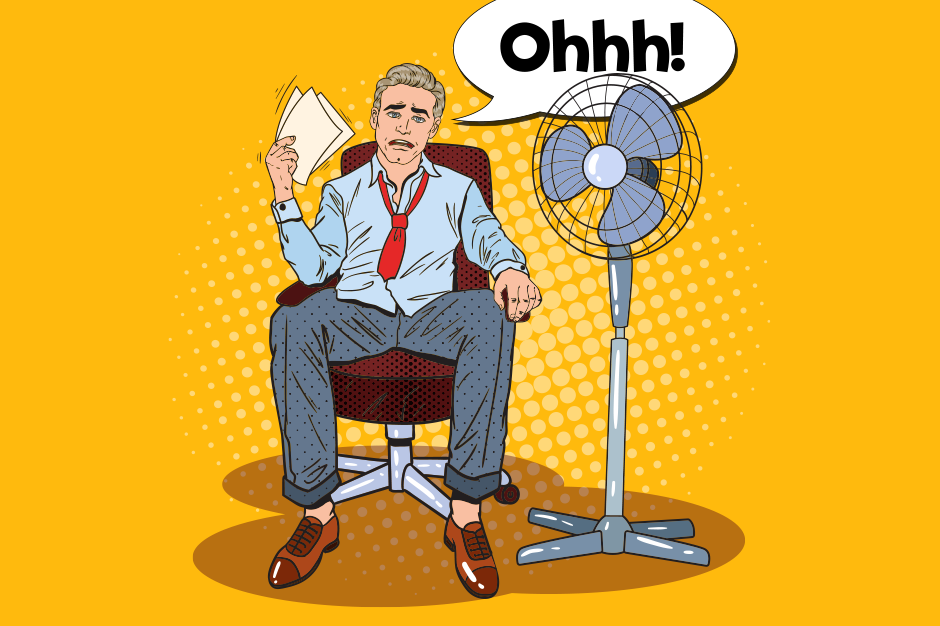



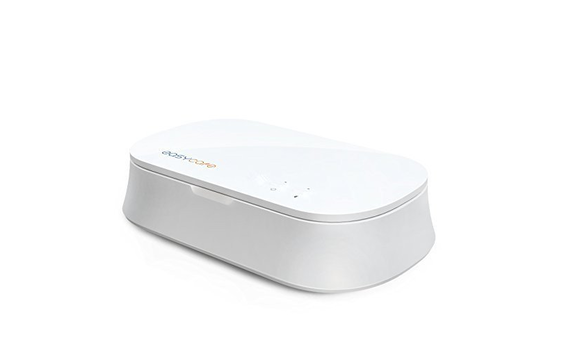
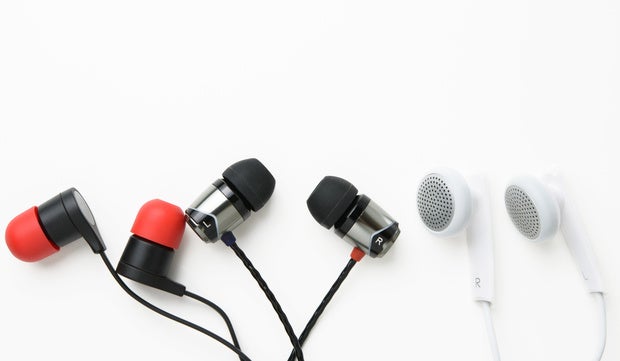
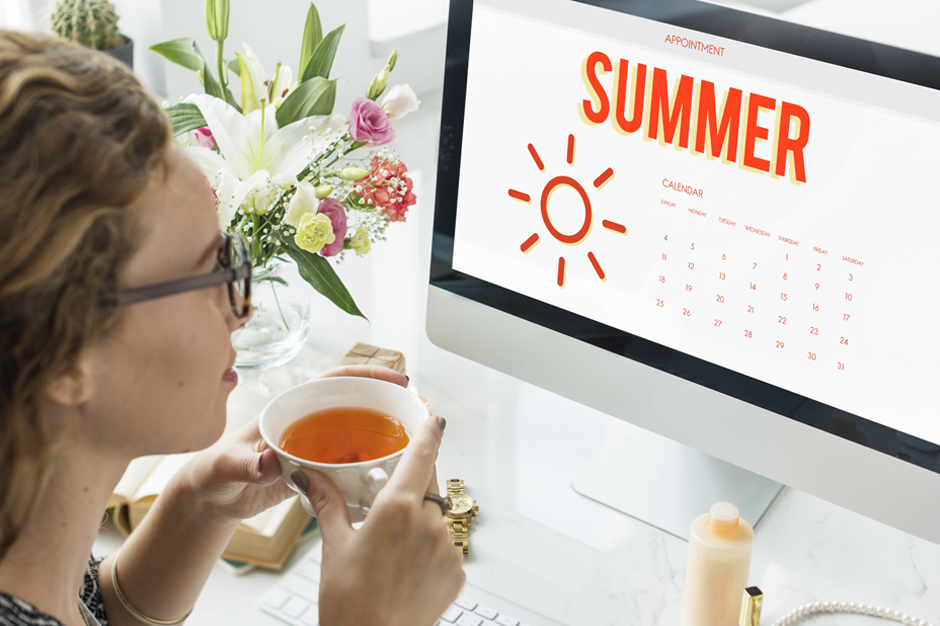 Summer flex work schedules are being adopted by more employers than ever! Whether it’s compressing a 40 hour week into four days instead of five, starting and ending the workday at times other than the traditional 9 – 5, or allowing employees to work from home to reduce long commutes and childcare costs, it seems that flexible work schedules are a real possibility!
Summer flex work schedules are being adopted by more employers than ever! Whether it’s compressing a 40 hour week into four days instead of five, starting and ending the workday at times other than the traditional 9 – 5, or allowing employees to work from home to reduce long commutes and childcare costs, it seems that flexible work schedules are a real possibility! There are thousands of productivity apps and tools on the market promising to help you increase your performance, but sometimes all it takes to improve your focus is a few quick changes to your work habits and your environment. Want to get more accomplished at the office? Here are 12 simple, low-tech tips for boosting your productivity at work.
There are thousands of productivity apps and tools on the market promising to help you increase your performance, but sometimes all it takes to improve your focus is a few quick changes to your work habits and your environment. Want to get more accomplished at the office? Here are 12 simple, low-tech tips for boosting your productivity at work.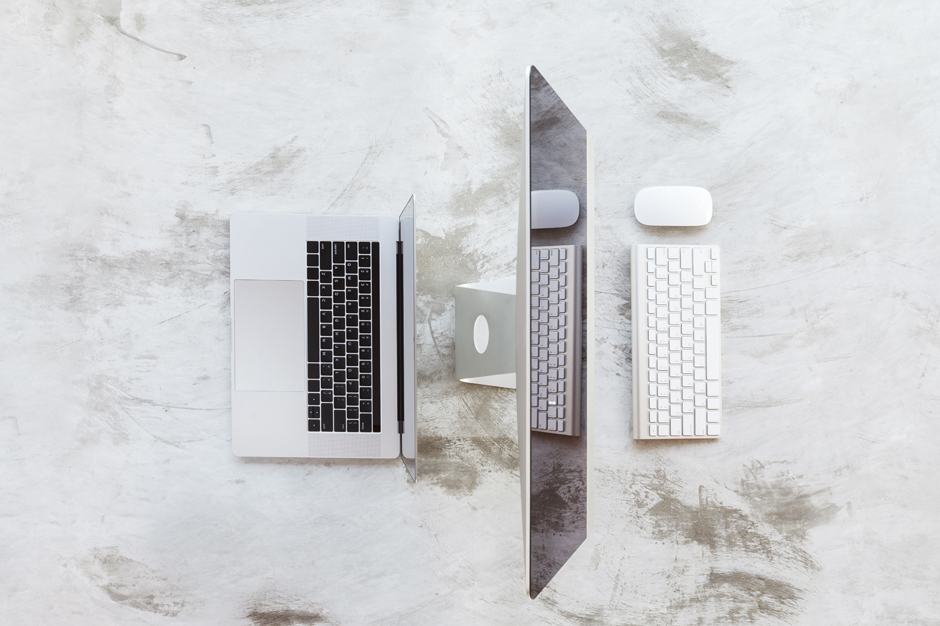
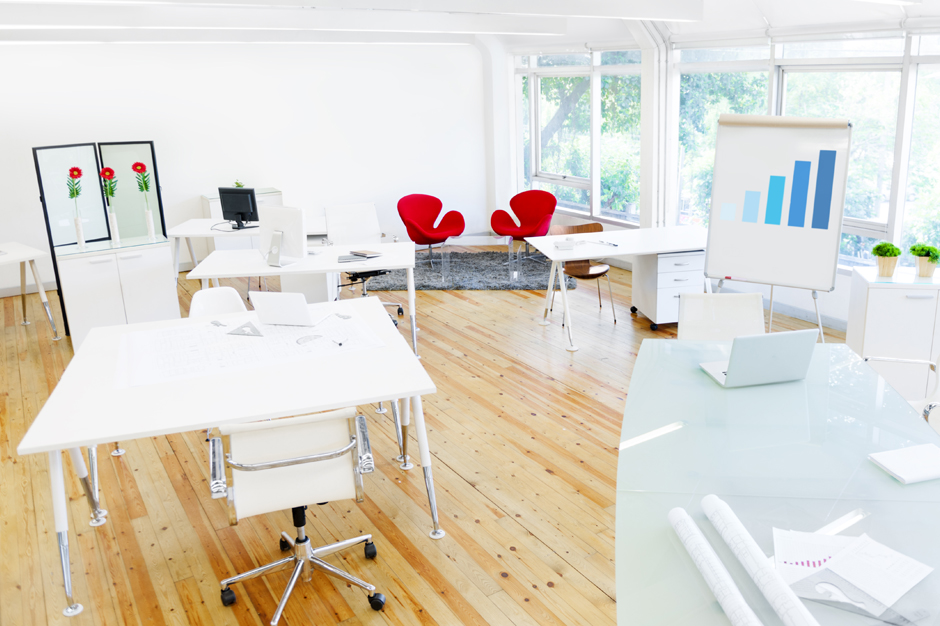 With all the other things small business owners and entrepreneurs have on their plates, it can be hard to put cleaning and organization on the list of priorities. But these aren’t just “nice-to-haves.” An orderly and tidy workplace improves productivity, boosts morale and reduces absenteeism.
With all the other things small business owners and entrepreneurs have on their plates, it can be hard to put cleaning and organization on the list of priorities. But these aren’t just “nice-to-haves.” An orderly and tidy workplace improves productivity, boosts morale and reduces absenteeism.